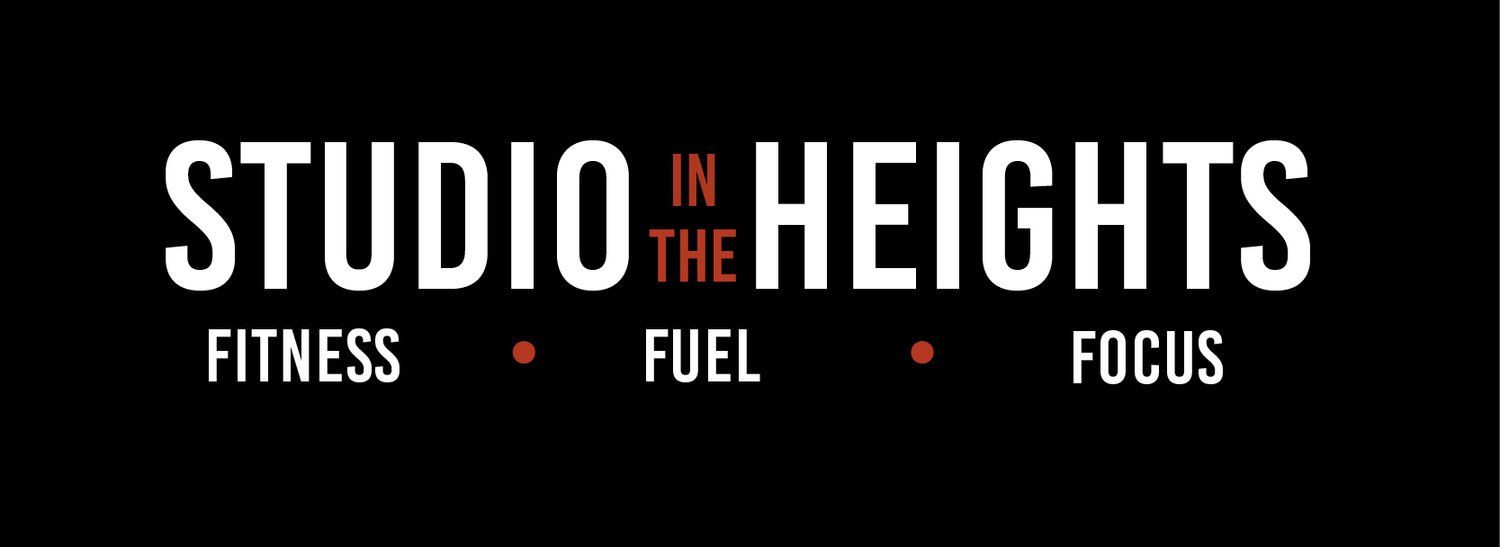Recovery for Better Results
Over the past few weeks we have shared the different ways you can workout with us in the Studio, including strength training, cardio fitness, HIIT classes, small group classes, and personal training. We are always encouraging you to get moving and focus on staying functionally fit.
Cardio and strength are two important aspects of your fitness, but we haven’t yet covered the third point of the fitness triangle - flexibility and mobility. Maintaining flexibility is important for all of us, and even more so as we age.
What does flexibility mean for us functionally speaking? It is for us to be able to move through our daily lives with the ability to comfortably bend, squat, lunge, push, and pull things in our environment without pain.
In terms of exercise, there are three main ways it supports getting results.
First, performing flexibility assists our muscles to function in the proper length, tension relationship. That means if you go to do an exercise like a squat, but your hips are really tight, then your glutes can not fire properly and you can get overuse of your quads (thigh) muscles. Wow! That is a mouthful but muscle balance, or imbalances from lack of flexibility, can definitely limit your physical results. Flexibility is probably the most underutilized activity when it comes to building muscles and getting results.
Secondly, flexibility and self-myofascial release (rolling) exercises offer our muscles recovery. As we strength train, we get little micro tears and then scar tissue forms and our muscles grow. We need to stretch or use a roller on the soft tissue to break the adhesions so that the muscles can continue to contract fully and efficiently. If we do not recover our muscles, we run the risk of decreasing our strength progression, based on the muscles inability to fully contract.
Last but definitely not least is good postural alignment. Many of us sit most of the day over a computer with hunched shoulders. These positions become our “normal” way of being, and if we don’t stretch, our bodies can adapt to these shapes and they become our new normal. So we may see forward head posture with neck and shoulder pain, or tight hips and thighs with low back and knee pain. In our work, most non-specific joint pain, meaning not from a fall or an ‘event’, comes from lack of flexibility.
So head the call… This third point on the “fitness triangle” is very important.
One way to get the benefit of full body flexibility plus a tool to release stress in our mind/body continuum is from Yoga.
It is also an excellent relaxation tool, reducing stress and even improving sleep. It can help ease back pain and other joint pain, including pain associated with arthritis and muscular imbalances. Yoga poses help open up tight connective tissue, allowing blood to flow to areas of poor circulation.
If you are looking to increase your results through your recovery after your workouts, or stay mobile, yoga is the perfect solution.
There are many different types of yoga classes. From power yoga, to hot yoga, to restorative yoga. All increase flexibility, but they accomplish it in different ways. At the end of the day Yoga, which promotes stillness and stress relief, is one of the best types of exercise for recovery and rest days.
